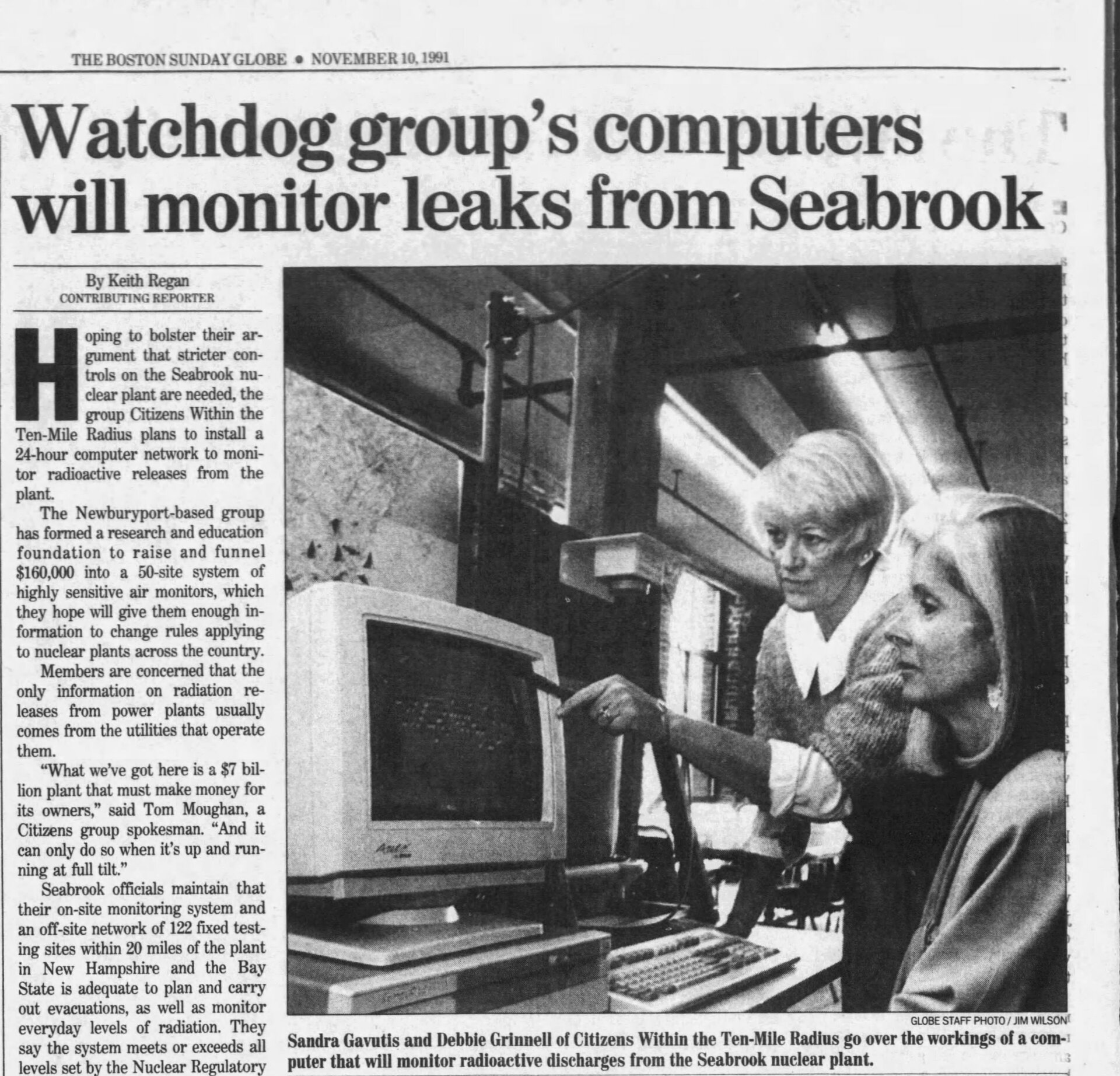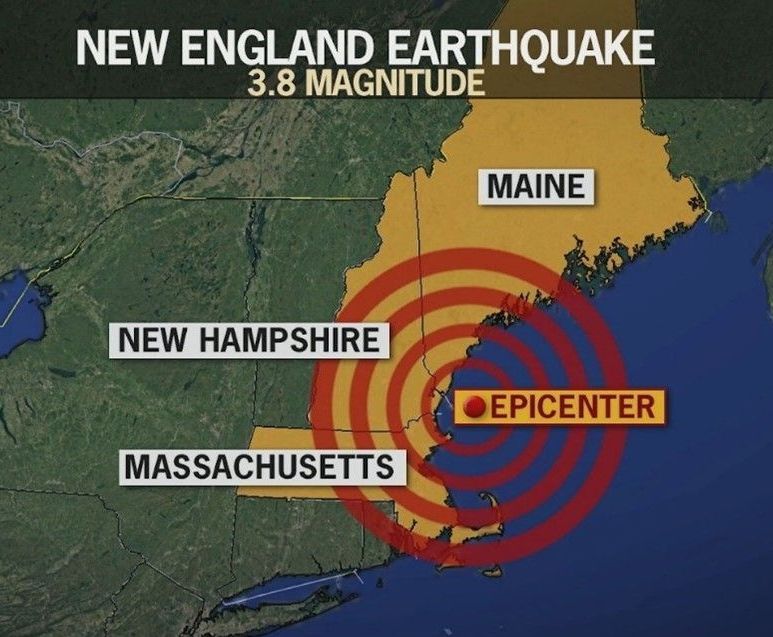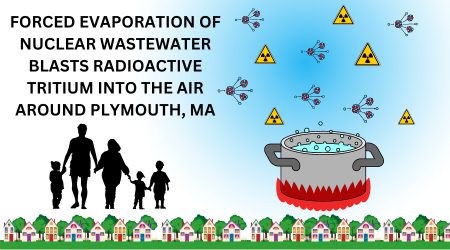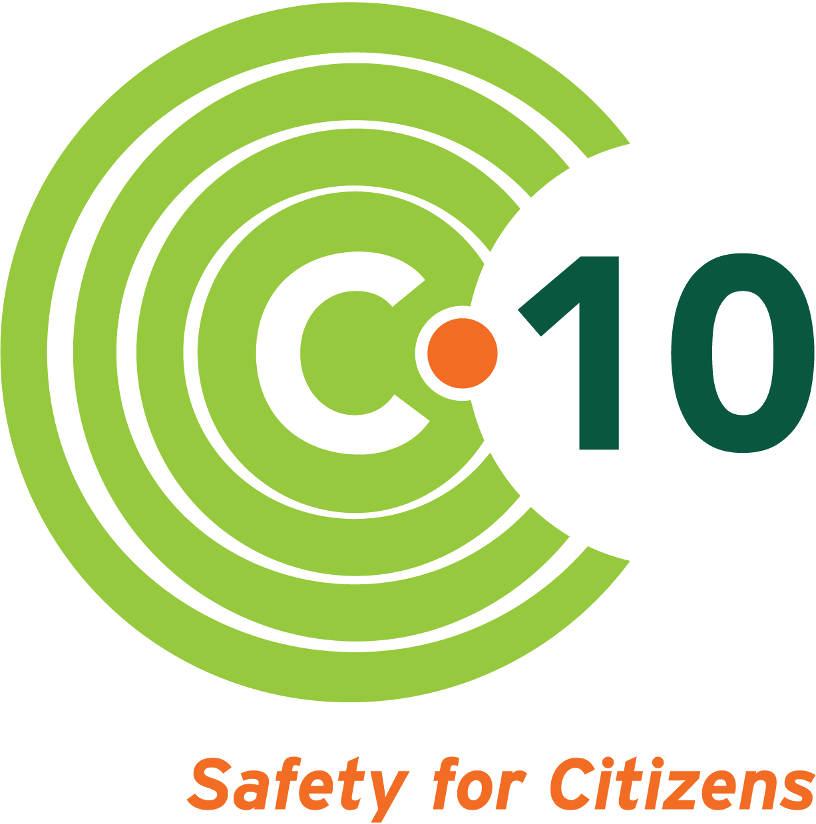Everything we do, we do it for you
- By Karen Clagett
- •
- 13 Apr, 2021
Bryan Adams' #1 song is a fitting anthem as C-10 celebrates thirty years
In 1991 the Hubble telescope was launched. TV viewers tuned in to laugh at the antics of much-loved characters on Murphy Brown and Cheers. Bryan Adam's song Everything I do, I do it for you was #1 on the Billboard singles.
And the C-10 Research and Education Foundation (C-10) was incorporated to help protect people and the natural environment surrounding Seabrook station—a mission that is no less important today. Yes, we do it for you, friends!
Children born in 1991 are thirty now. Many are now well established in careers, and perhaps married and the parents of their own children. Throughout their entire lives, C-10 has been monitoring radiation in real time emitted from both the Seabrook Station and from other sources; we have been educating our community about how to live by and with a nuclear power plant, and working to create an environment where those children of the '90s could safely attend school, play sports, look forward to summer camps, plan weddings and stroll the beach with their own children.
During the past three decades, C-10 has been an impactful actor protecting the Seacoast region we all love. This year, our 30th anniversary, we are publishing a series of blogs to celebrate this milestone. Each will focus on one aspect of C-10’s multi-faceted work. This installment focuses on “the early days,” the development and extension of our pioneering radiological monitoring system. Later we will share other highlights of our history, including educational initiatives and advocacy for policies that proactively protect the public. We're also looking to the future.
Creation of the Citizens Radiological Monitoring Network
Some of us who have lived on the Seacoast for decades remember another, earlier organization with a name similar to ours. Before the C-10 Research and Education Foundation was incorporated, there was another group: Citizens Within the Ten Mile Radius. That grassroots collective took its name from the emergency planning zone surrounding the plant. It was during the 1970s and 80s that Seabrook was proposed and then constructed, and Citizens within the Ten Mile Radius focused on whether the communities surrounding the plant could be safely evacuated in the event of an emergency.
When Seabrook Station began generating atomic energy in 1990, it was clear that a new organization with a scientific approach to safety concerns was needed to keep watch and advocate for the safety of Seabrook’s neighbors. Citizens Within the Ten Mile Radius was officially dissolved, and C-10 Research and Education Foundation, a registered 501c3 non-profit with an emphasis on radiation monitoring, was incorporated in 1991.
The C-10 Research & Education Foundation would monitor airborne radiation in the communities surrounding Seabrook. It would take on the role of citizen-watchdog: reading current literature on the nuclear industry, tracking official correspondence and publicly available reports on Seabrook’s operation, building relationships with government officials at all levels, and participating in public meetings convened by the US Nuclear Regulatory Commission (NRC).
To say that the founders of C-10 were blazing a new trail is correct, but hardly captures the scope of what they set out to do. To this day, C-10 is the only independent, citizen-run radiation monitoring group in the entire country. While all communities with nuclear power plants deserve to have real-time independent environmental monitoring as C-10 provides, we in the Seacoast are the only population fortunate enough to have such an organization keeping a watchful eye on our nuclear neighbor, 24/7.
Sandra Gavutis was the founding executive director of C-10, serving in that capacity for 28 years and before joining our Board of Advisors. “Setting up the C-10 Foundation took a lot of time and effort,” said Gavutis.” An understatement to be sure. That effort involved the paperwork for incorporation, raising funds from private and public sources, siting and establishing the monitoring stations in Massachusetts and New Hampshire, and staying connected with local and state leaders whose support was crucial to our early success. Public education was also a big focus of Gavutis and her team.
Debbie Grinnell was our first director of radiation monitoring, later serving as research director. In the early days, Grinnell sought out experts about the health effects of radiation, gathered relevant studies, and spoke to other citizen watchdog groups who were working for the safety of their own communities. She continues to serve on our Board of Directors, her institutional knowledge, invaluable.
Clive Lee, a computer entrepreneur, contributed his expertise and funds for purchasing early equipment. Radiological readings compiled each day were stored on floppy disks in the early days! C-10 soon realized it needed engineers and scientists who could increase the efficacy of the data. C-10 also needed to find out what to do with that data, and connected with the Massachusetts Department of Health (DPH).
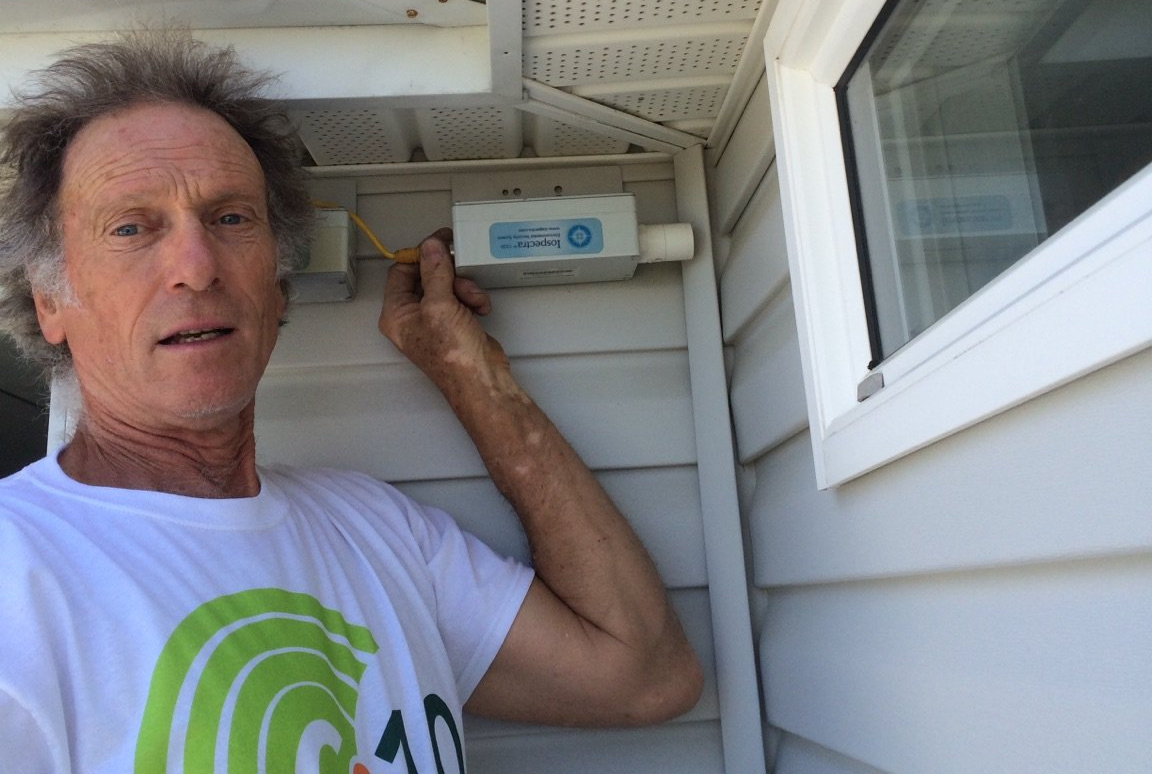
Winning support from the Commonwealth of Massachusetts
Devoted board members helped set up monitoring stations throughout northeastern Massachusetts and in New Hampshire. Jack Van Loan and Christopher Nord, both builders by trade, worked to install the network with the help of Plymouth State University meteorologist Dr. Sam Miller, who analyzed weather patterns to optimize site location. Bernadette Leonard administered the network for many years.
With support from elected officials including Senators Nicholas Costello and James Jajuga, and Representatives Harriet Stanley, Frank Cousins and Barbara Hildt, C-10 convinced Massachusetts lawmakers of the importance of independent monitoring, winning its first state funding in 1992. This crucial support for radiological monitoring was enshrined in state law thanks to their efforts.
The Massachusetts Department of Public Health (DPH) contracted with C-10 to operate the Citizens Radiological Monitoring Network (CRMN) and provide monthly reports as well as alerts of abnormal readings. Thankfully, concerning airborne radiation levels have rarely been detected. But in late November 1995, several monitors picked up beta levels as much as 17 times normal background levels, for a period of several hours. These readings were investigated by C-10, checked with Seabrook Station, and reported to the Mass. DPH. Neither the NRC nor Seabrook could explain the cause of the readings, even though the prevailing winds that night put the stations in the path of air currents coming from Seabrook’s direction.
C-10’s contract with Mass. DPH continues to this day, in partnership with the Massachusetts Emergency Management Agency (MEMA). Data on real-time radiation levels and wind speed not only allow state officials to track permitted releases—they could be used to help protect the public in the event of an emergency at Seabrook Station.
After the nuclear meltdown at Fukushima, an international delegation from a citizens science group called Safecast came to learn about how C-10 does what we do. Our radiological probe manufacturer International Medcom was even able to refurbish some of our old probes and send them to Japan.

Bringing our monitoring to the next level
In 2016, Michael Mansir took the role of network administrator, and has brought a new level of technical sophistication to C-10’s work. “He’s a genius,” has been exclaimed more than once by a C-10 Board Member after Mike has solved a complicated problem.
Mike has made significant improvements to our network by building a new and improved site to house our data, replacing aging laptops in the field with rugged and reliable Ebox microcomputers, and improving the way we inventory and schedule upgrades and maintenance to our monitoring equipment.
While the monitoring network has enjoyed continued state support in Massachusetts, the situation in New Hampshire has been tougher—no doubt in part due to the lobbying presence of the plant owner, also a major force in our regional economy. In New Hampshire, the monitoring effort has relied on private funding, thus having been inconsistent until recent years.
There have been several legislative attempts to get state funding for independent, real-time radiological monitoring “outside the fence” in New Hampshire. In 2020, the latest attempt ended as the clock ran out on the session due to COVID-19.
Since 2019, Portsmouth State Representative Peter Somssich has been leading the effort in New Hampshire with a two-pronged approach: attempting to advance a legislative solution for funding, while championing the Citizens’ Initiative to Expand Radiological Monitoring in New Hampshire. For several years, the peak number of stations in New Hampshire was three. A fourth was added at a private residence on Seabrook Beach
in the fall of 2020, and two more will be added in 2021.
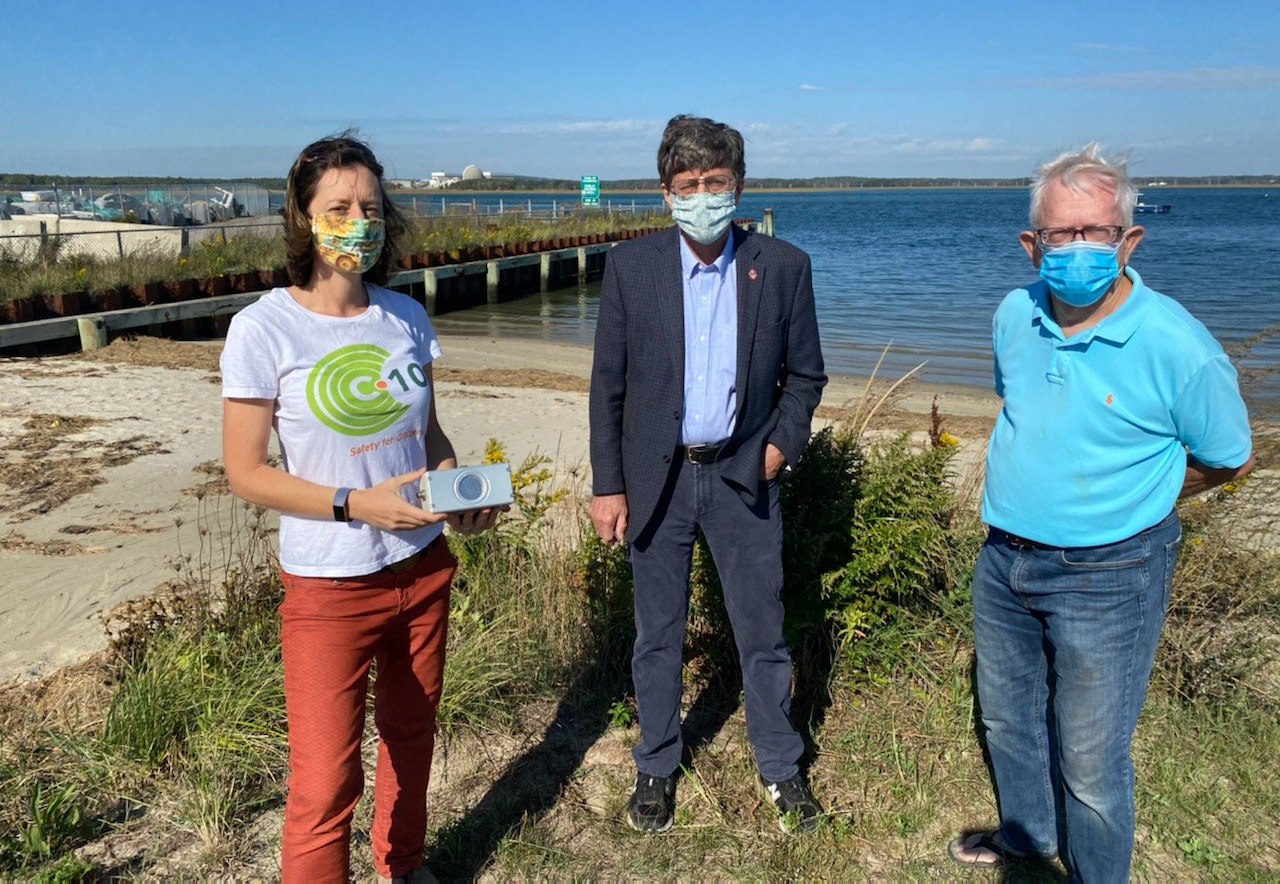
Today the monitoring network is as strong as ever. Under the leadership of Natalie Hildt Treat, executive director since 2017, C-10 has evolved as an organization, raising its public profile, successfully fundraising and winning new licensing conditions through our legal challenge on Seabrook’s concrete monitoring. It's been a tremendous team effort!
Aside from building on the policy win of tougher oversight for Seabrook’s degrading concrete, Treat is focused on a cutting-edge project that will turn our network into even more of a model. Within the next year, we plan to install a Climate Resilient Internet (CRi) system using non-wires communication devices along with solar and battery backup power at each monitoring station, as well as at our central office.
Without the internet and electricity, C-10 loses monitoring and communication capabilities at a time when it may be most critical: when severe weather impacts our region. We are working with pioneers in the critical communications field and seeking funding from a variety of sources to undertake this transformative project. We will tell you more about how we'll make the monitoring network climate resilient in an upcoming blog. It's super exciting! Meanwhile, you can watch this intro video about CRi's value proposition.
C-10 has been monitoring Seabrook for thirty years; the plant is currently licensed to operate for thirty years more. With continued support from the community we serve, C-10 will keep monitoring Seabrook for as long as the plant is operational, and beyond.
Thank you to all who have contributed to C-10's success over the years! Please contact us if you'd like to get involved, or re-engage with C-10. We'd love to hear your stories, your concerns, or your ideas for C-10.
Follow us


